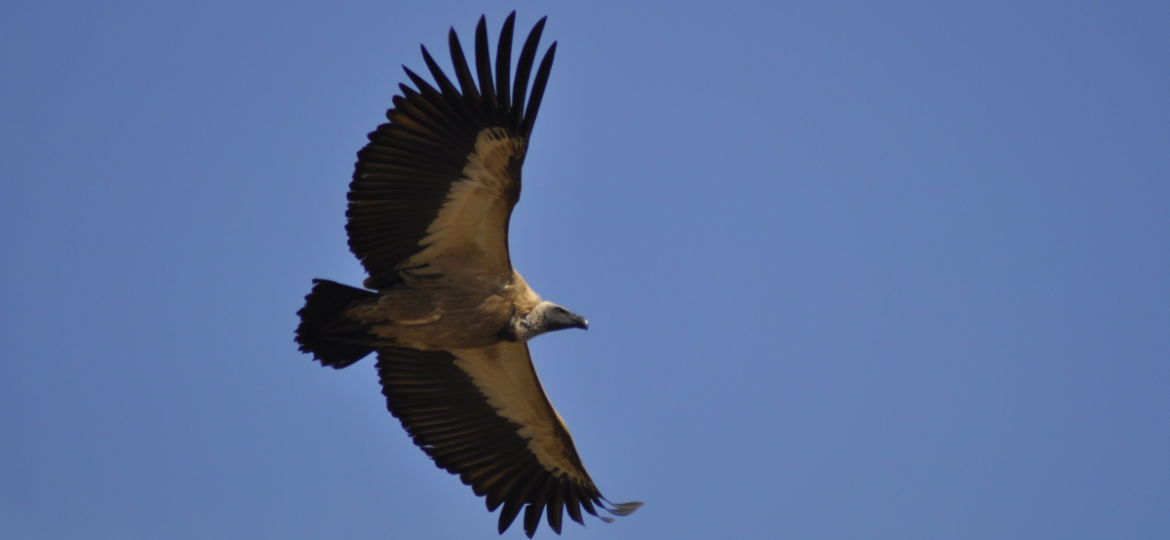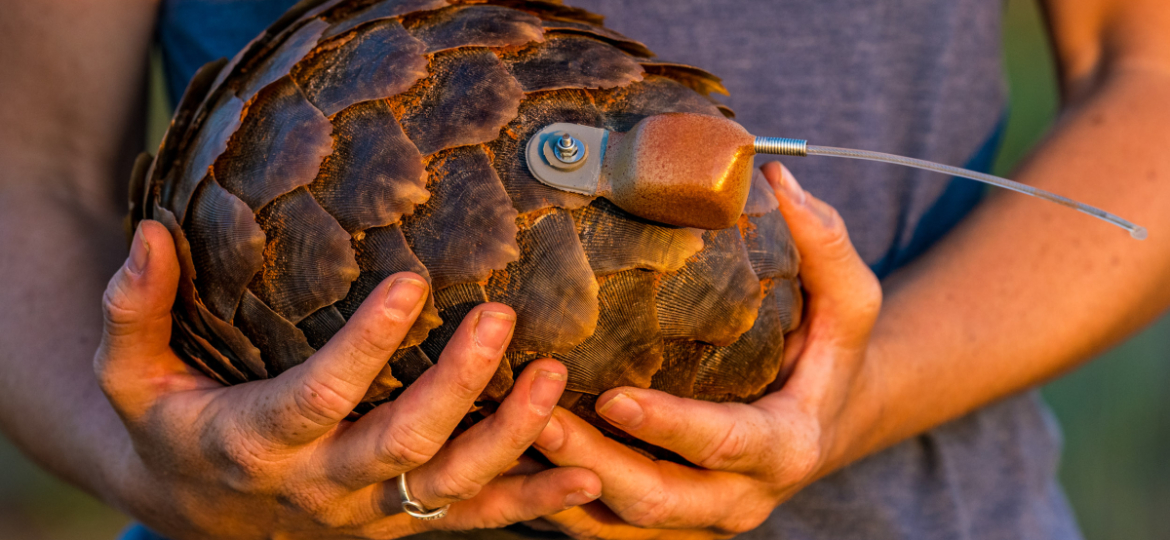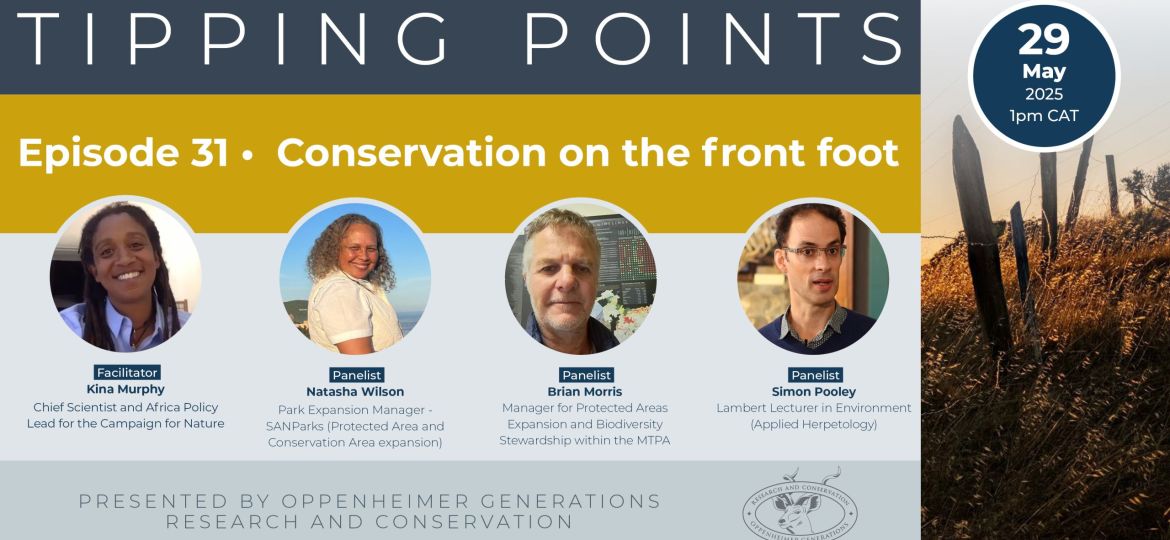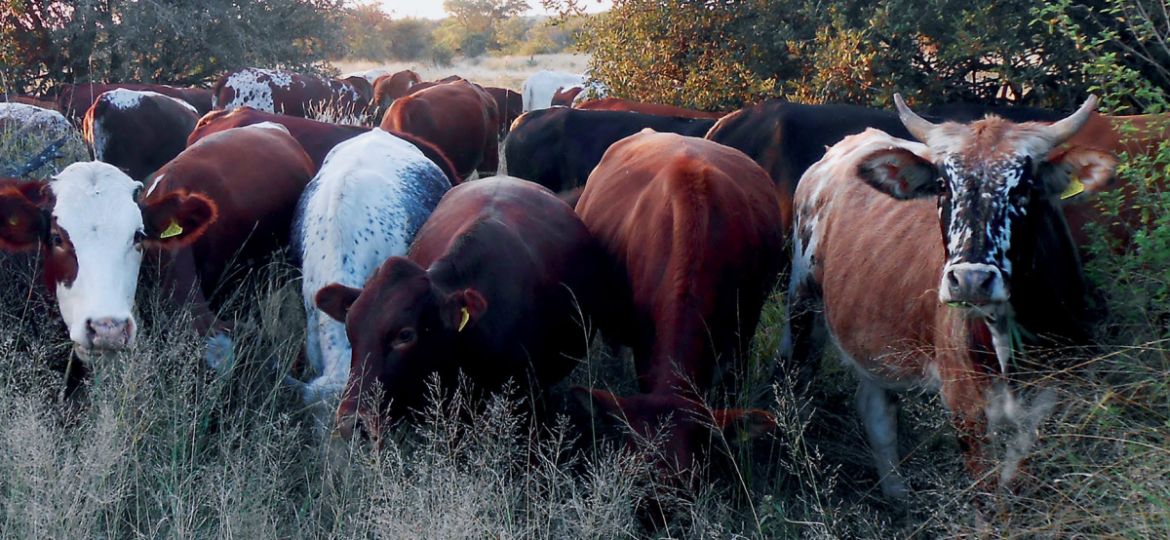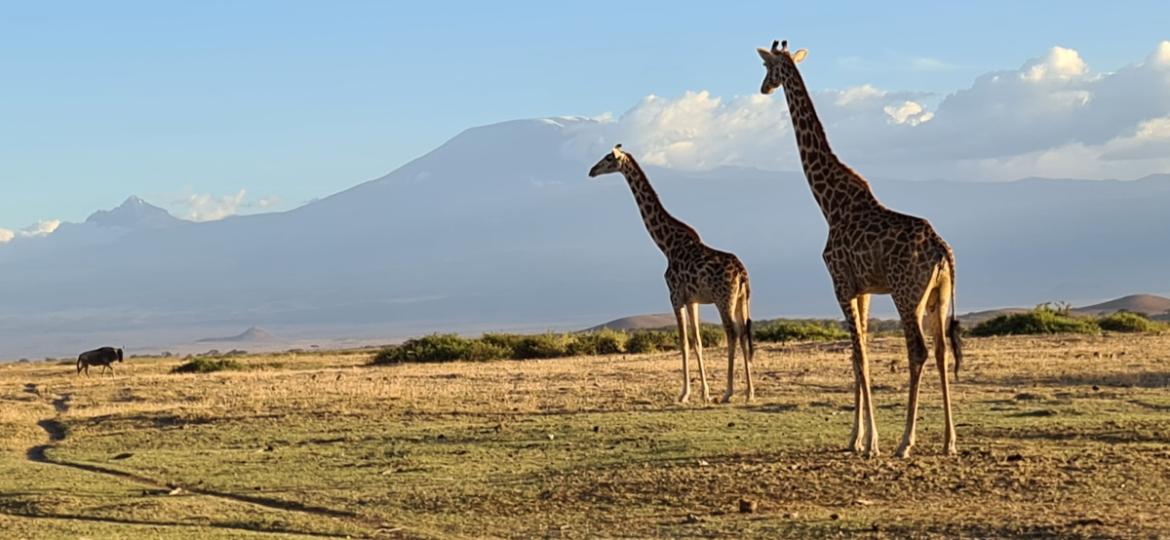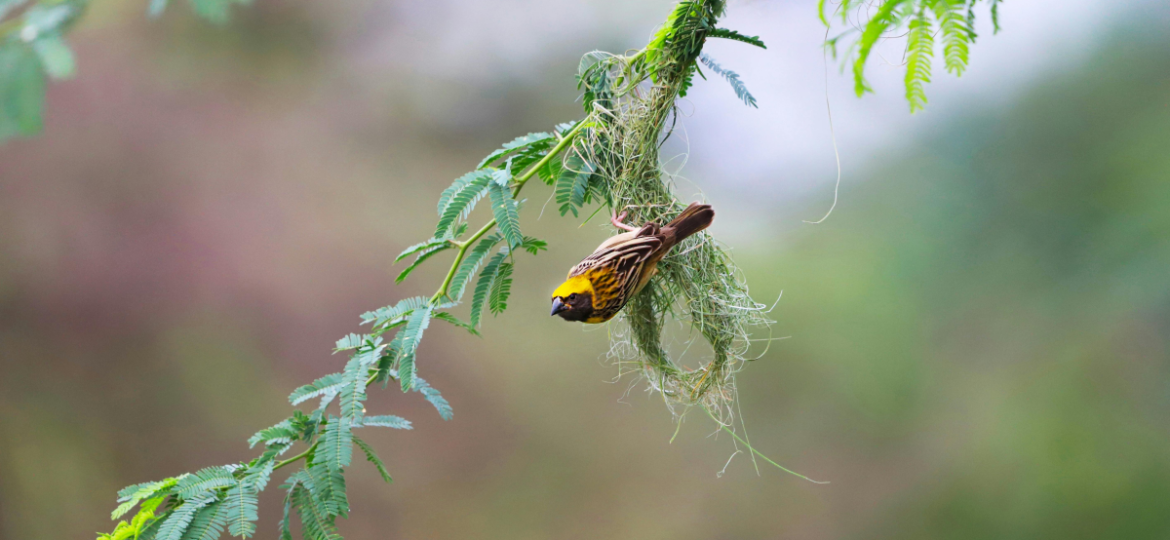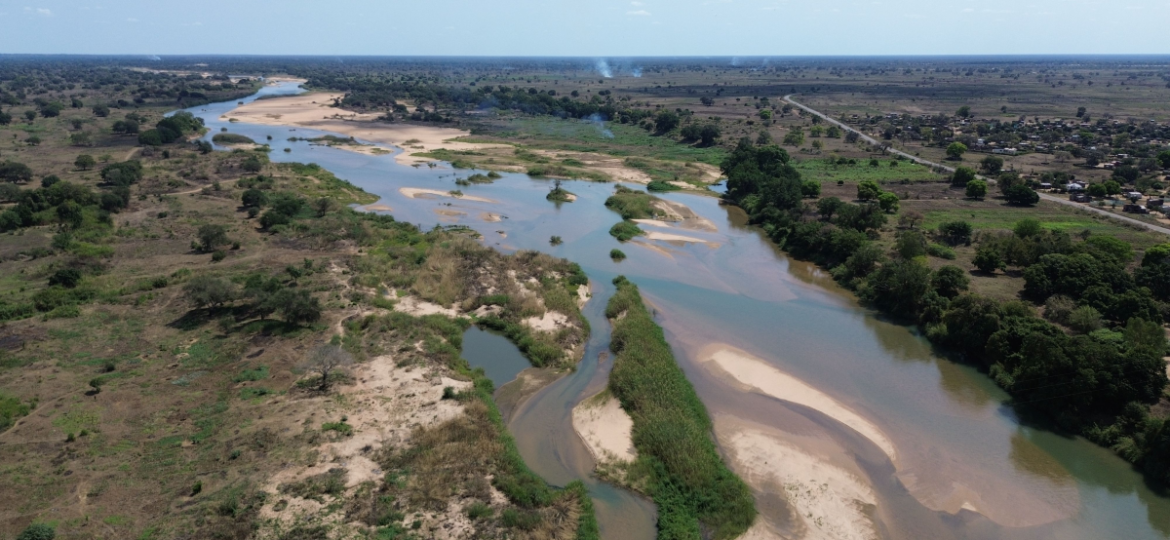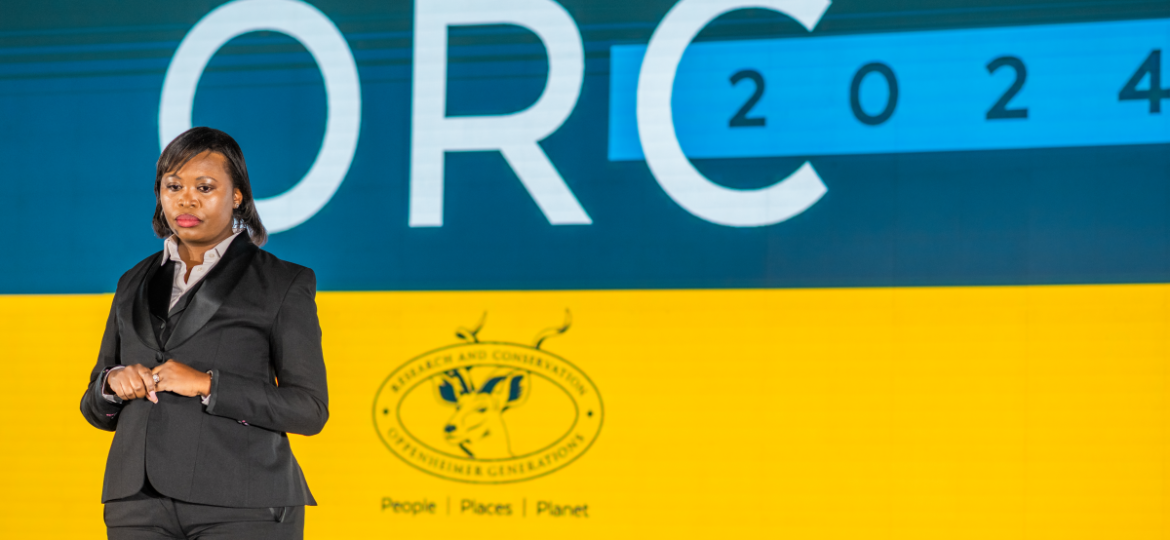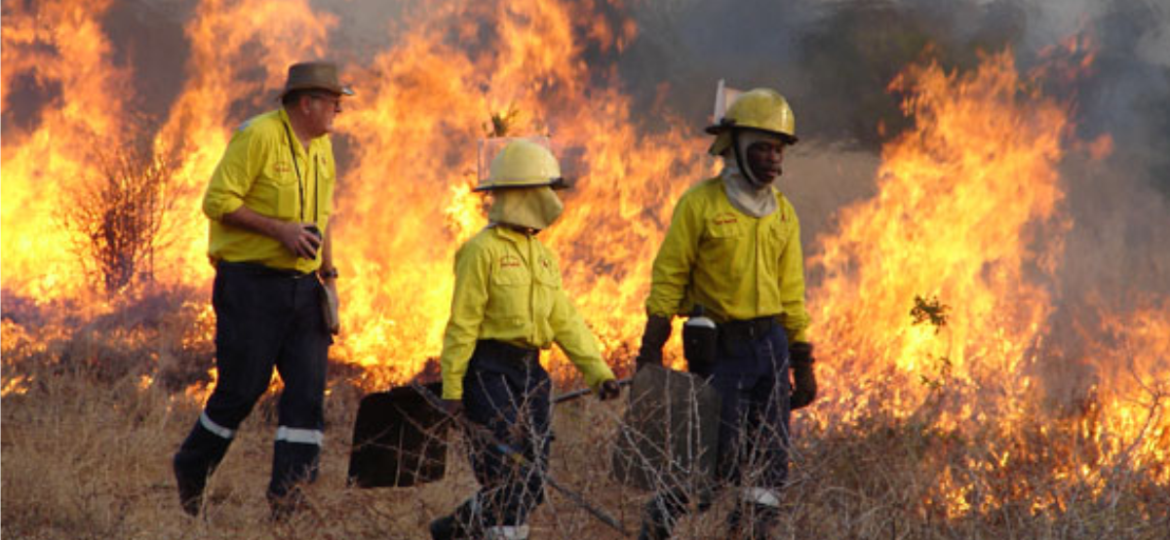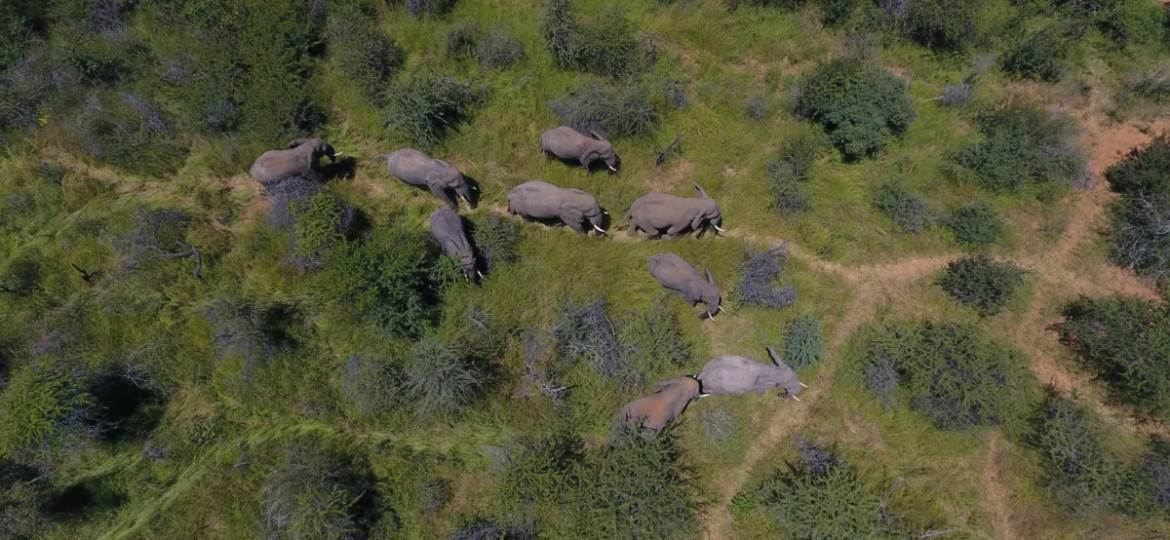Vulture survival, poaching threats, and hope from the skies
People – nature relationships
Pangolins are elusive and heavily trafficked. At Tswalu, researchers are working to uncover their secrets and aid conservation.
The ecologically rich grasslands in Mpumalanga’s highveld have become a front line in the struggle between biodiversity and coal mining.
“Cattle corridors might just hold the key to African ecological resilience.” Ecologist Elizabeth le Roux is rethinking what nature means: where rangelands, people, and wildlife intersect in surprising ways.
Reweaving Kenya’s rangelands. From milk gourds to satellite data, Jonah Western’s community-first conservation strategy is turning Kenya’s Amboseli region into a tapestry of coexisting people, wildlife & land.
Each year, International Day for Biological Diversity invites us to pause and reflect on the intricate web of life that sustains our planet. The 2025 theme, “Harmony with Nature and Sustainable Development”, could not be more timely or urgent for Africa.
How healthy is the Limpopo River?
R4,5million Oppenheimer grant aims to find out.
If anyone should be complaining about the Expropriation Act, it’s government, argues Bulelwa Mabasa, Director and Head of the Land Reform practice at Werksmans Attorneys
Researchers challenge the feasibility of implementing early dry season fires as a one-size-fits-all fire management strategy for African conservation areas.
Conservation is often a hard sell. However, the business of conservation has a heft that appeals to both governments and people looking for pathways out of poverty in Africa.
